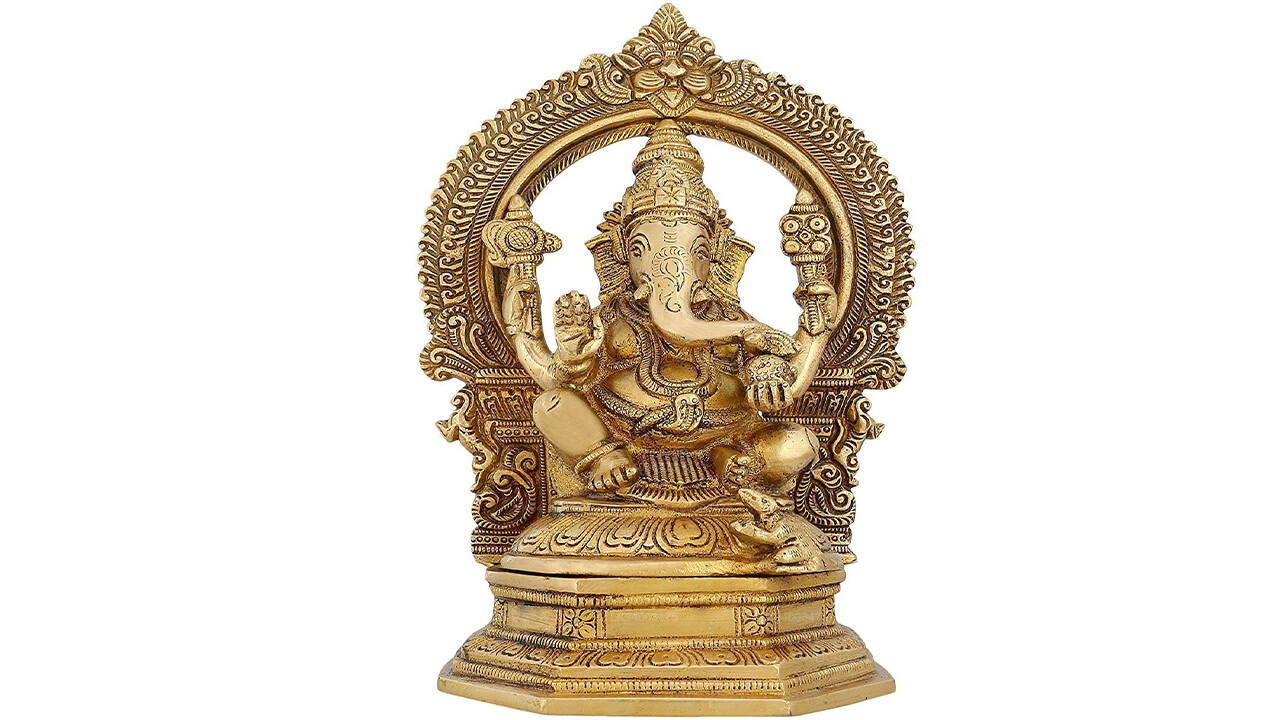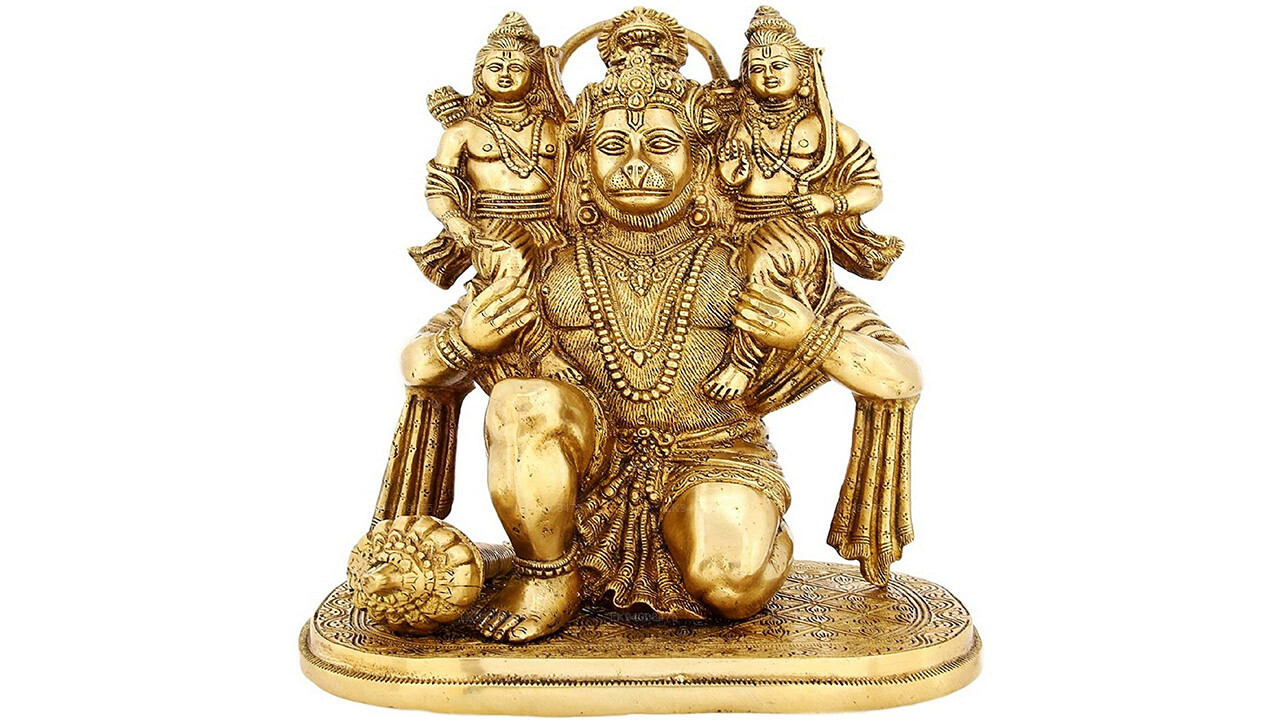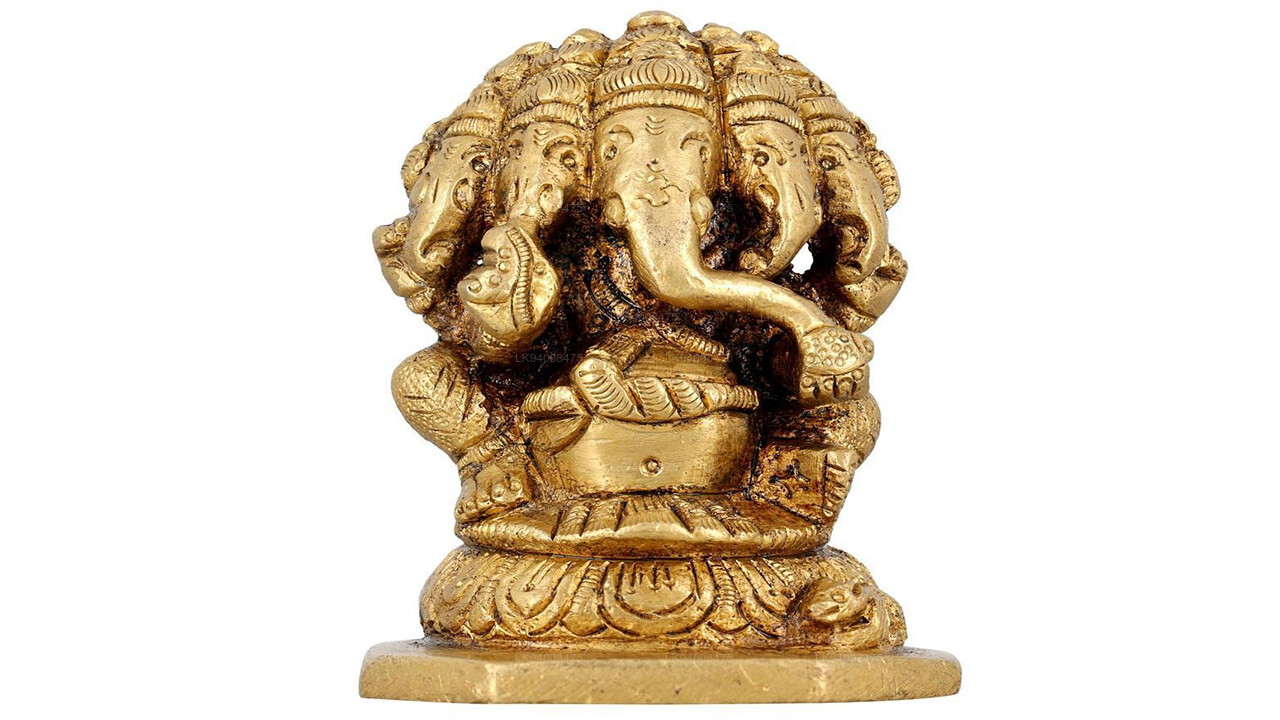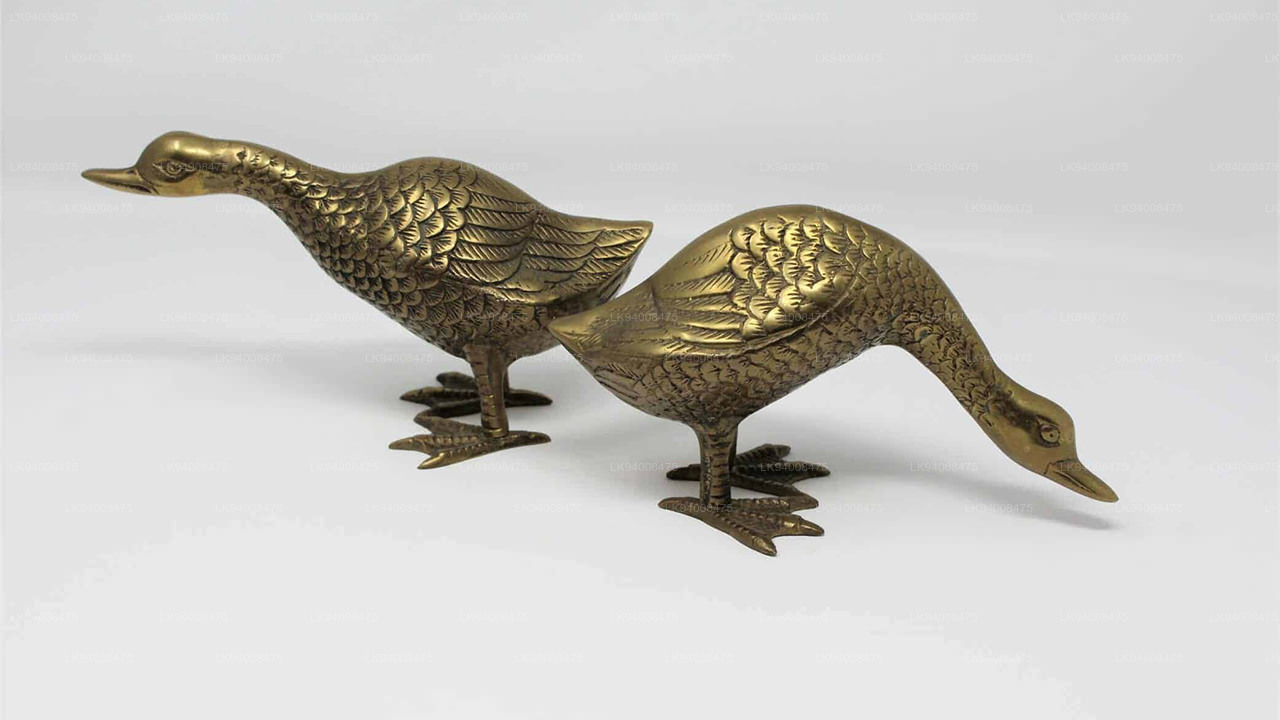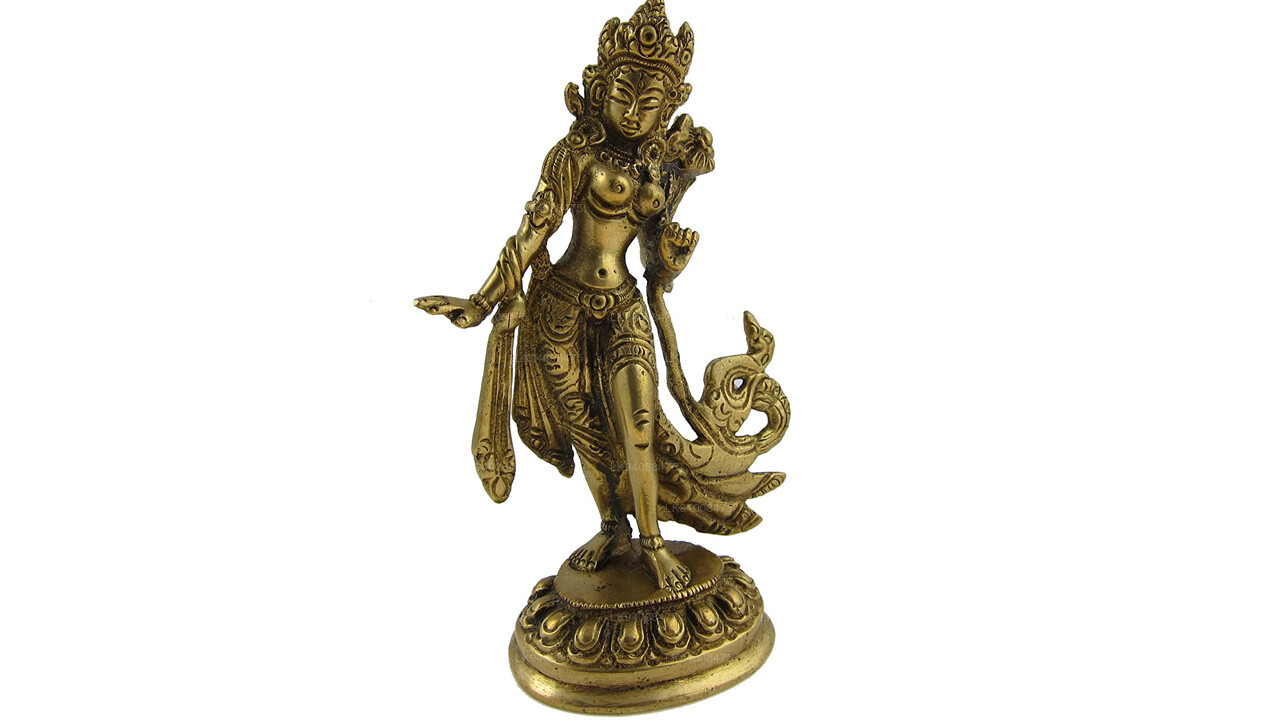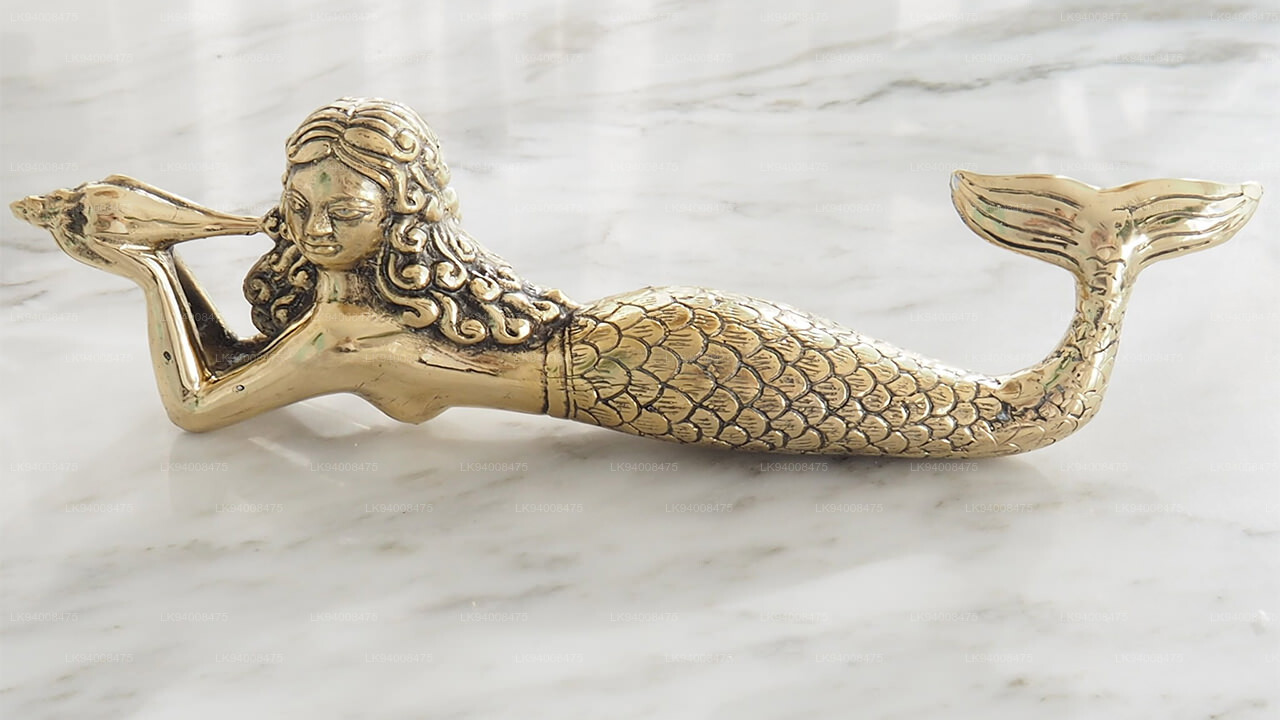Brass Figurines
The great civilizations of the old world worked in bronze and brass for art, from the time of the introduction of the alloy for tools and edged weapons. Dancing Girl from Mohenjo-Daro, belonging to the Harappan civilization and dating back to c. 1500 BCE, is perhaps the first known bronze statue. The Greeks were the first to scale the figures up to life size. Few examples exist in good condition; one is the seawater-preserved bronze Victorious Youth that required painstaking efforts to bring it to its present state for museum display. Far more Roman bronze statues have survived.
The ancient Chinese knew both lost-wax casting and section mould casting, and during the Shang dynasty created large numbers of Chinese ritual bronzes, ritual vessels covered with complex decoration, which were buried in sets of up to 200 pieces in the tombs of royalty and the nobility. Over the long creative period of Egyptian dynastic art, small lost-wax bronze and brass figurines were made in large numbers; several thousand of them have been conserved in museum collections.

